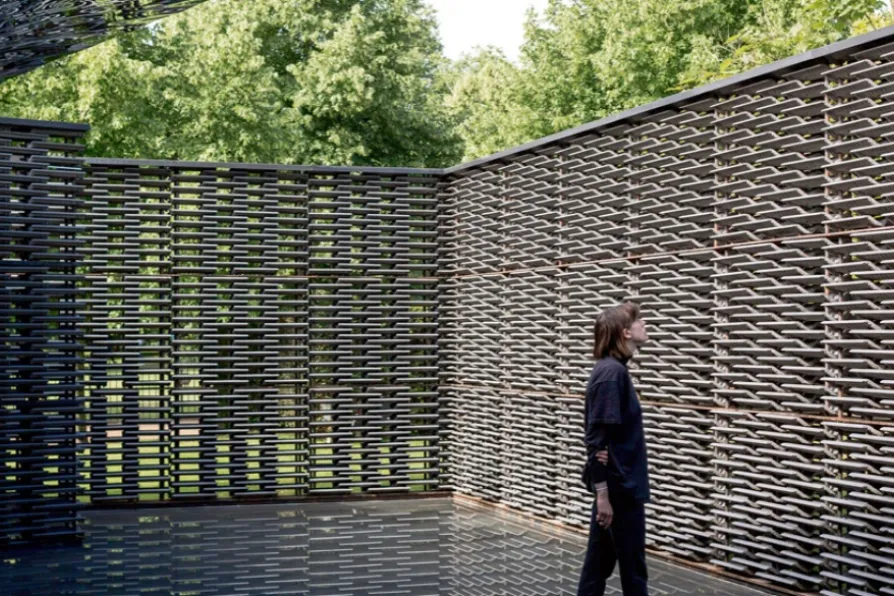RICHARD MURGATROYD enjoys a readable account of the life and meditations of one of the few Roman emperors with a good reputation
Structural defect
MICHAL BONCZA takes issue with this year's uninspiring Serpentine Pavilion

 Serpentine Escobedo
[Norbert Tukaj]
Serpentine Escobedo
[Norbert Tukaj]
FRIDA ESCOBEDO’S Pavilion at the Serpentine in London this year has none of the luminous joie de vivre Francis Kere regaled us with a summer ago, the spatial intrigue Bjarke Ingels Group offered in 2016 or the mesmerising filigree of Sou Fujimoto’s Cloud construct in 2013.
Formally, Escobedo’s three-metre high “walls,” made up of stacks of standard dark-grey cement roof tiles, demarcate two rectangular atria. On the inside, the lattice patterning filters and fragments outside vistas and shifts in light as well as any air circulation.
Escobedo has used triangulated breeze blocks when remodelling the Siqueiros gallery in Cuernavaca in 2014 to similar effect but on a larger scale.
Similar stories

Ben Cowles speaks with IAN ‘TREE’ ROBINSON and ANDY DAVIES, two of the string pullers behind the Manchester Punk Festival, ahead of its 10th year show later this month

The Morning Star sorts the good eggs from the rotten scoundrels of the year

Two new releases from Burkina Faso and Niger, one from French-based Afro Latin The Bongo Hop, and rare Mexican bootlegs











